The 25 Best S&P 500 Stocks of the Past 50 Years
Have a look at the best stocks of the past 50 years and you’ll see that unless they’re Warren Buffett (hint, hint), long-term investors should probably covet dividends like a Rockefeller.
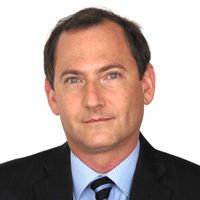
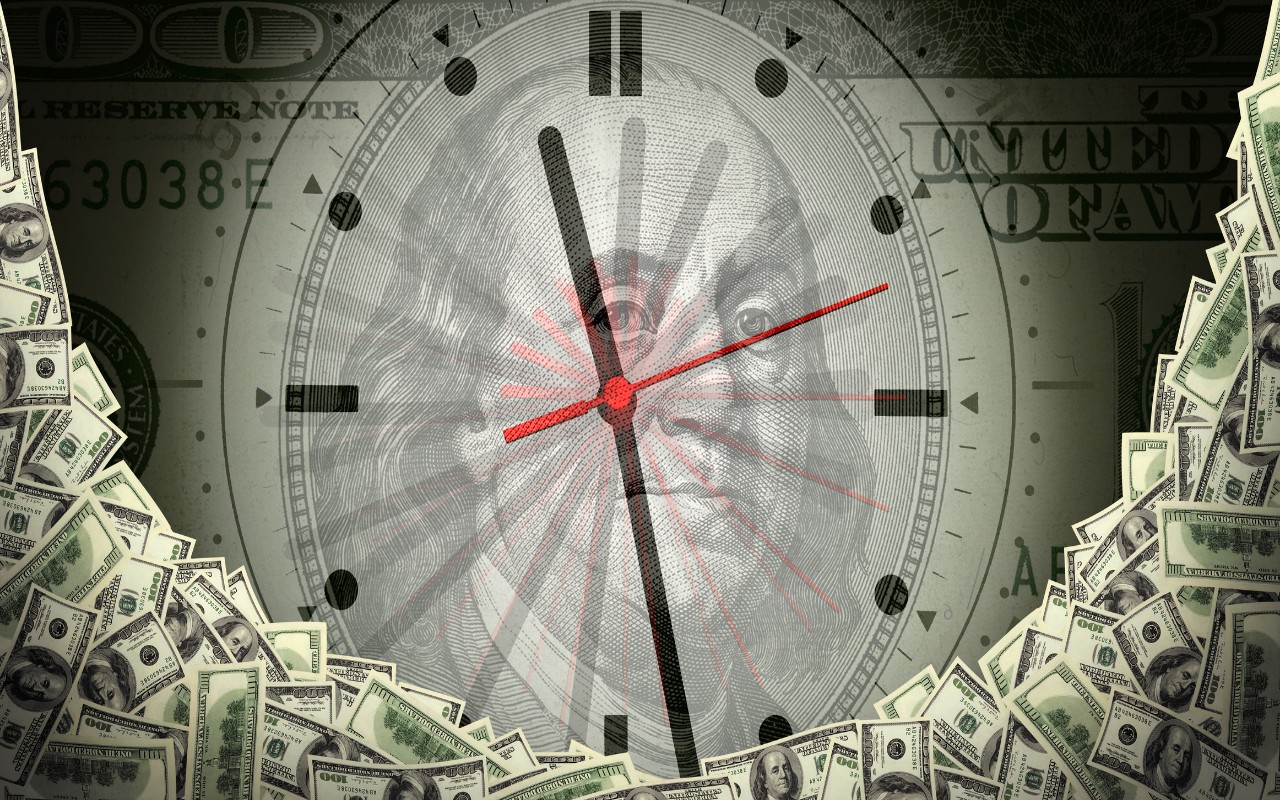
John D. Rockefeller is reputed to have said, “The only thing that gives me pleasure is to see my dividends coming in.” Income investors hopefully lead fuller emotional lives than the richest American who ever lived, but they, like Rockefeller, should understand the long-term power of dividends.
Just have a look at the best stocks of the past half-century. In every case but one – which is a very special case, indeed – dividend income was critical to generating superior returns over the long haul.
S&P Dow Jones Indices recently published a list of the 25 stocks in Standard & Poor’s 500-stock index that generated the best returns over the past 50 years. By price appreciation alone, many of these stocks delivered underwhelming annualized returns.
On a total-return basis (price appreciation plus dividends), however, these stocks blew away the broader market. Over the last 50 years, the S&P 500 generated an annualized return including dividends of 9.5%. That’s peanuts compared to the returns generated by the best stocks of the past half-century.
Have a look at the best stocks of the past 50 years and you’ll see that unless they’re Warren Buffett (hint, hint), long-term investors should probably covet dividends like a Rockefeller.
Data is as of Jan. 4, 2019, unless otherwise noted. Dividend yields are calculated by annualizing the most recent quarterly payout and dividing by the share price. Historical annualized returns provided by S&P Dow Jones Indices. Analysts’ ratings provided by Zacks Investment Research.
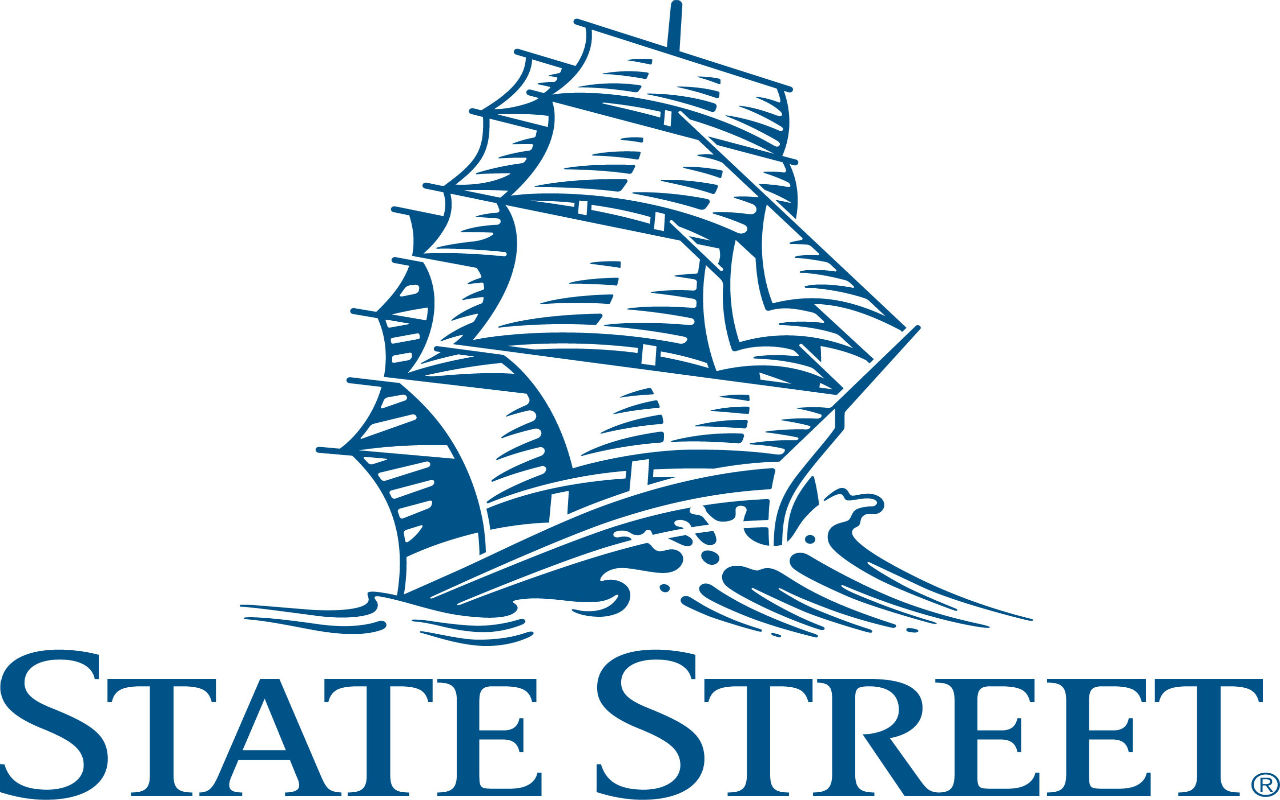
25. State Street
- Market value: $24.4 billion
- Dividend yield: 3.0%
- Annualized return: 10.37%
- Annualized return with dividends: 13.68%
- Analysts’ opinion: 8 strong buy, 0 buy, 6 hold, 0 sell, 0 strong sell
State Street (STT, $64.19) is the third-largest asset manager in the world after BlackRock (BLK) and Vanguard, with $2.8 trillion in assets under management. The Boston-based firm is probably best known for its long list of SPDR exchange-traded funds (ETFs). Indeed, the SPDR S&P 500 ETF (SPY) is the market’s biggest ETF by both assets ($243.3 billion) and average daily volume (131.8 million).
The firm traces its roots back to the late 1700s and began operating as the State Street Deposit & Trust Co. in 1891. Like the rest of the financial services industry, SST has spent the last 50 years in an almost perpetual state of change, compiling a dizzying record of acquisitions, dispositions and other deals. Throughout it all, the firm managed to deliver an annualized total return of nearly 13.7%.
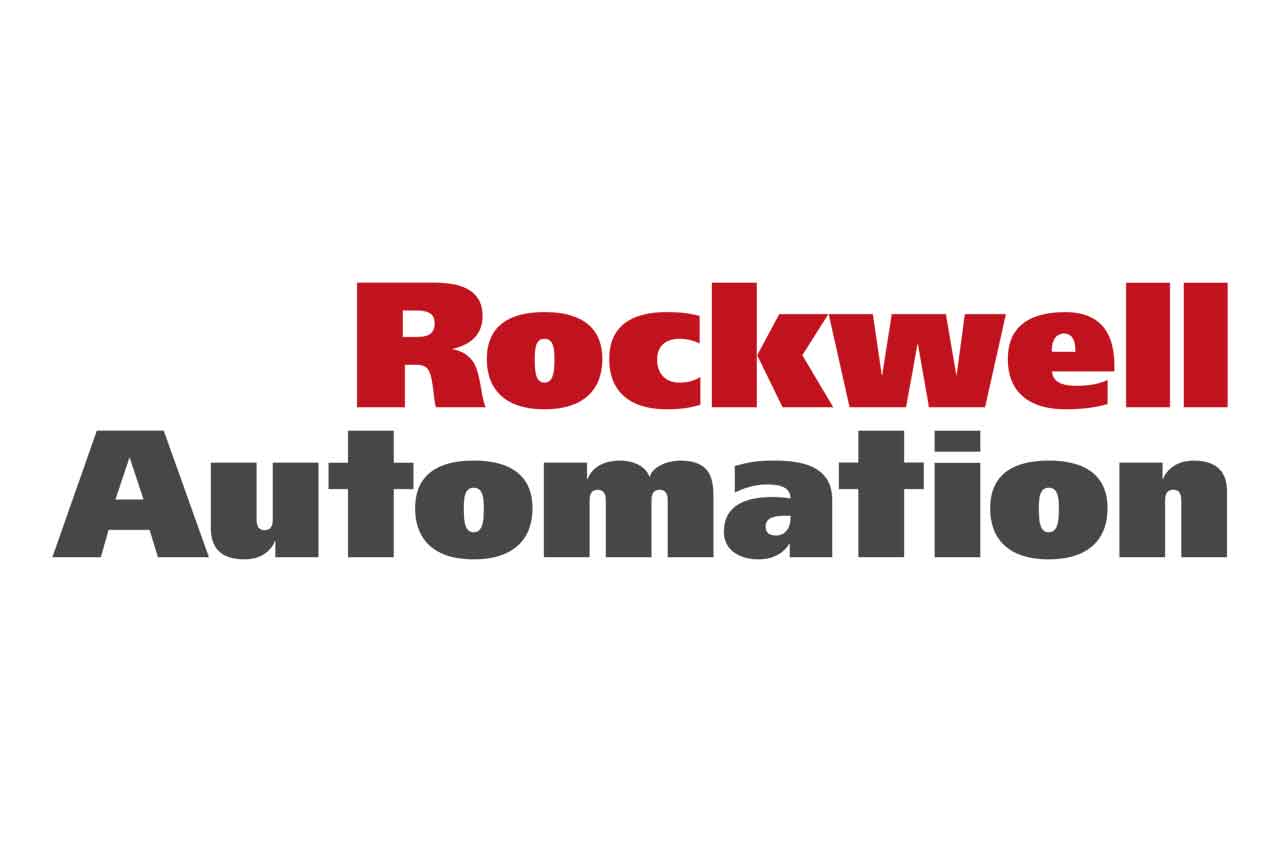
24. Rockwell Automation
- Market value: $18.1 billion
- Dividend yield: 2.6%
- Annualized return: 6.92%
- Annualized return with dividends: 13.71%
- Analysts’ opinion: 3 strong buy, 0 buy, 9 hold, 0 sell, 2 strong sell
Rockwell Automation (ROK, $150.13) manufactures and develops software and equipment that companies use to automate their factories. Most recently, the company has become a leader in the “Internet of Things” – its ethernet-enabled Logix system provides data collection, monitoring and analytics from the factory floor to managers accessing the system online.
The company traces its roots back to 1903 but really took its current form in the 1990s, when it dove into the software business with its launch of Rockwell Software, the aforementioned Logix control platform and its Integrated Architecture system. In 2002, the company spun off the Rockwell Collins (COL) avionics division.
ROK’s dividend history stretches back decades, and it has lifted its payout by an average of 14% a year since 2010. That income stream helped add almost 7 percentage points to the stock’s annualized total return over the past 50 years.

23. Boeing
- Market value: $185.7 billion
- Dividend yield: 2.6%
- Annualized return: 10.85%
- Annualized return with dividends: 13.73%
- Analysts’ opinion: 12 strong buy, 0 buy, 3 hold, 0 sell, 0 strong sell
Boeing (BA, $327.08), a Dow component since 1987, forms half of the duopoly for large commercial airliners. Only Europe’s Airbus (EADSY) competes with it on the same level in making big jets.
But Boeing is much more than just commercial aviation. The company is a major defense contractor, manufacturing everything from rockets to satellites to military tilt-rotor aircraft such as the Osprey. Boeing’s history reaches back a century, but it really came into its own in the post-World War II period with the explosive growth of commercial aviation.
Boeing’s dividend growth streak isn’t long – it dates back only to 2012 – but the aerospace giant has made uninterrupted payouts for more than 20 years. Not only is this big blue chip one of the best stocks of the past 50 years, it’s one of the best stocks of all time.
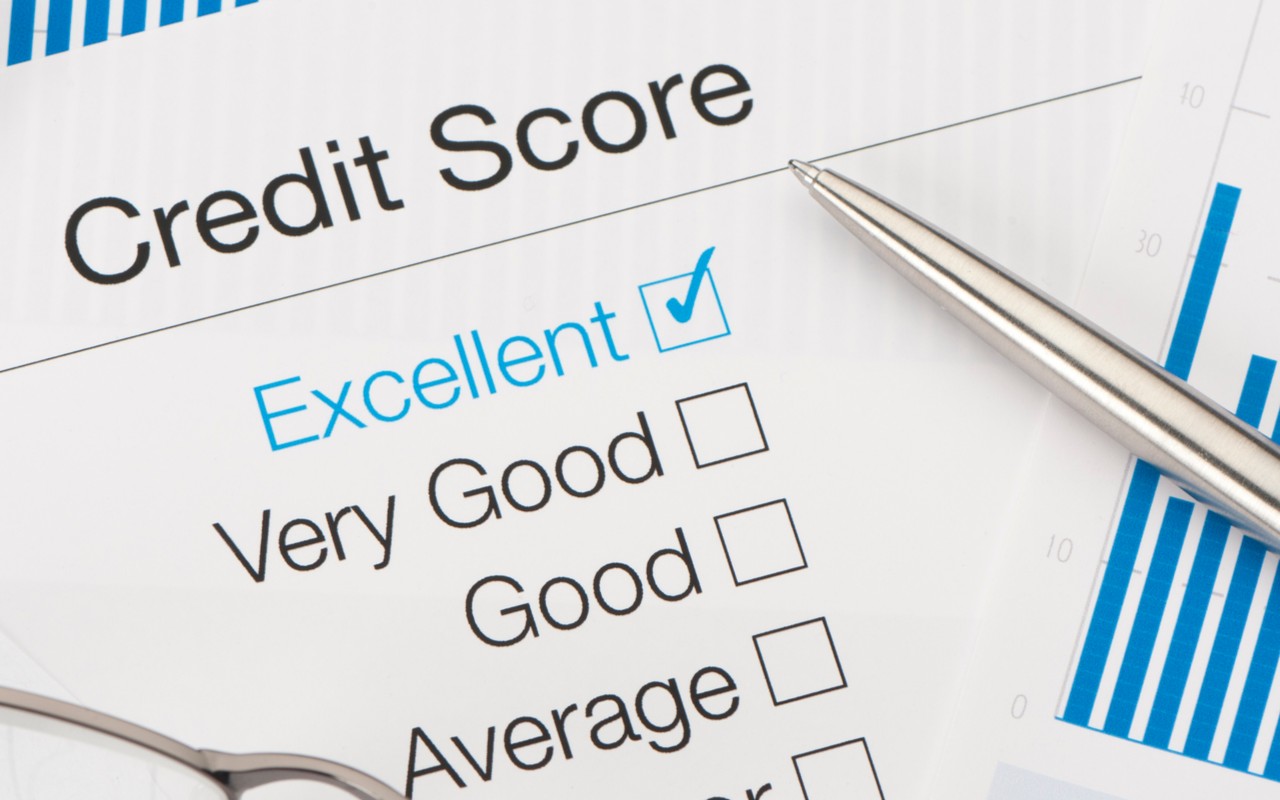
22. Equifax
- Market value: $11.4 billion
- Dividend yield: 1.7%
- Annualized return: 8.49%
- Annualized return with dividends: 13.78%
- Analysts’ opinion: 7 strong buy, 0 buy, 4 hold, 1 sell, 0 strong sell
Equifax (EFX, $94.25) one of the Big Three consumer credit reporting agencies along with Experian (EXPGY) and TransUnion (TRU), has mostly been in the news recently for the wrong reasons. In 2017, the company disclosed that hackers gained access to the personal data of nearly 146 million consumers. The stolen information included names, Social Security numbers, birth dates, addresses and driver license numbers. Last year, the company said it discovered an additional 2.4 million consumers were affected by the data breach.
Lost amid the scandal has been the fact that EFX stock has been a steady outperformer for long-term investors. Decades of dividends, and seven consecutive years of dividend growth, have helped boost returns.
Analysts are mainly bullish on EFX’s prospects going forward. Of the 12 analysts polled by Zacks, seven rate the stock at “Strong Buy,” four have it at “Hold” and one says “Sell.”
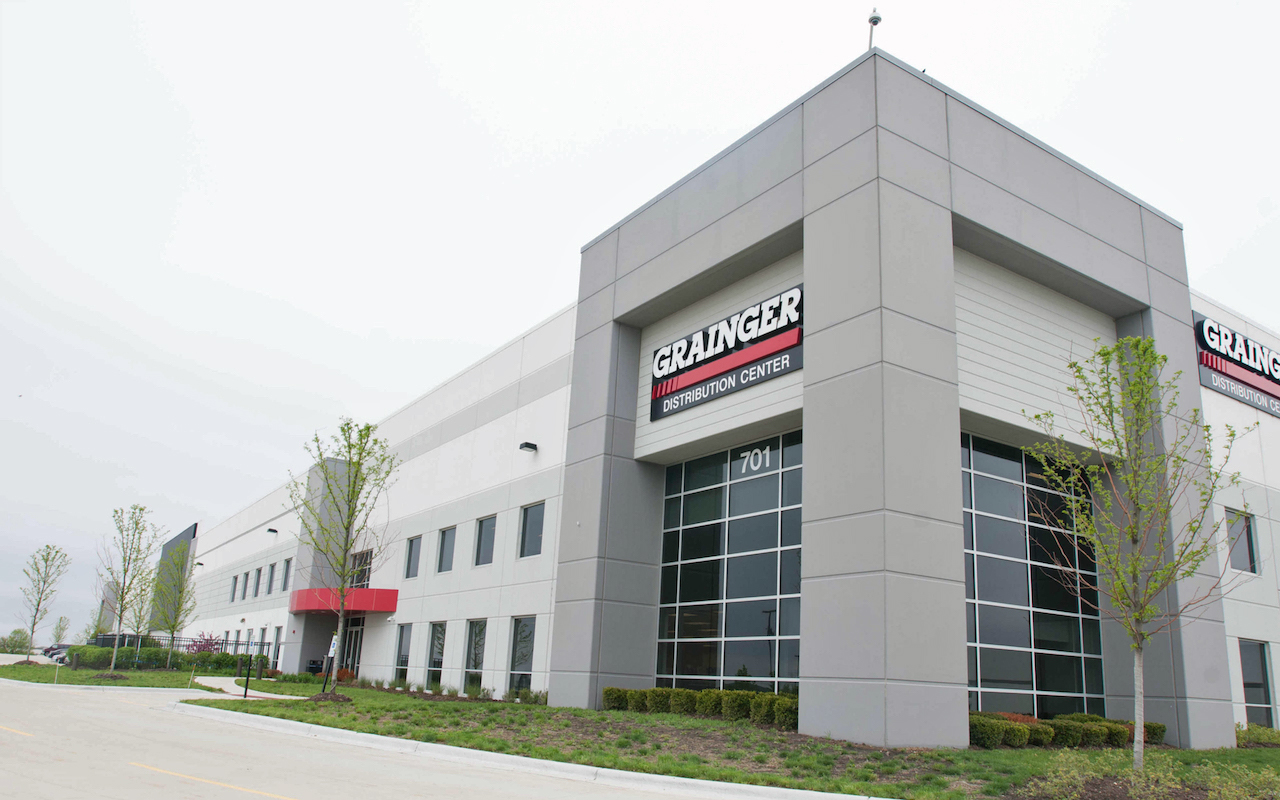
21. W.W. Grainger
- Market value: $15.7 billion
- Dividend yield: 1.9%
- Annualized return: 11.91%
- Annualized return with dividends: 13.87%
- Analysts’ opinion: 1 strong buy, 0 buy, 14 hold, 0 sell, 1 strong sell
W.W. Grainger (GWW, $279.13) is all about steady and rising dividends. Indeed, the company counts itself among the S&P Dividend Aristocrats – stocks that have hiked their dividends every year for at least 25 consecutive years.
Grainger doesn’t have a sexy business. It sells industrial equipment and tools, and provides other services such as helping companies manage inventory. But it’s a steady one. Revenue is forecast to 6.3% in 2019. Earnings, meanwhile, are forecast to grow an at an average annual pace of almost 14% for the next five years, according to data from Thomson Reuters.
Most importantly for the income-minded investor, Grainger has lifted its payout every year for 46 years.
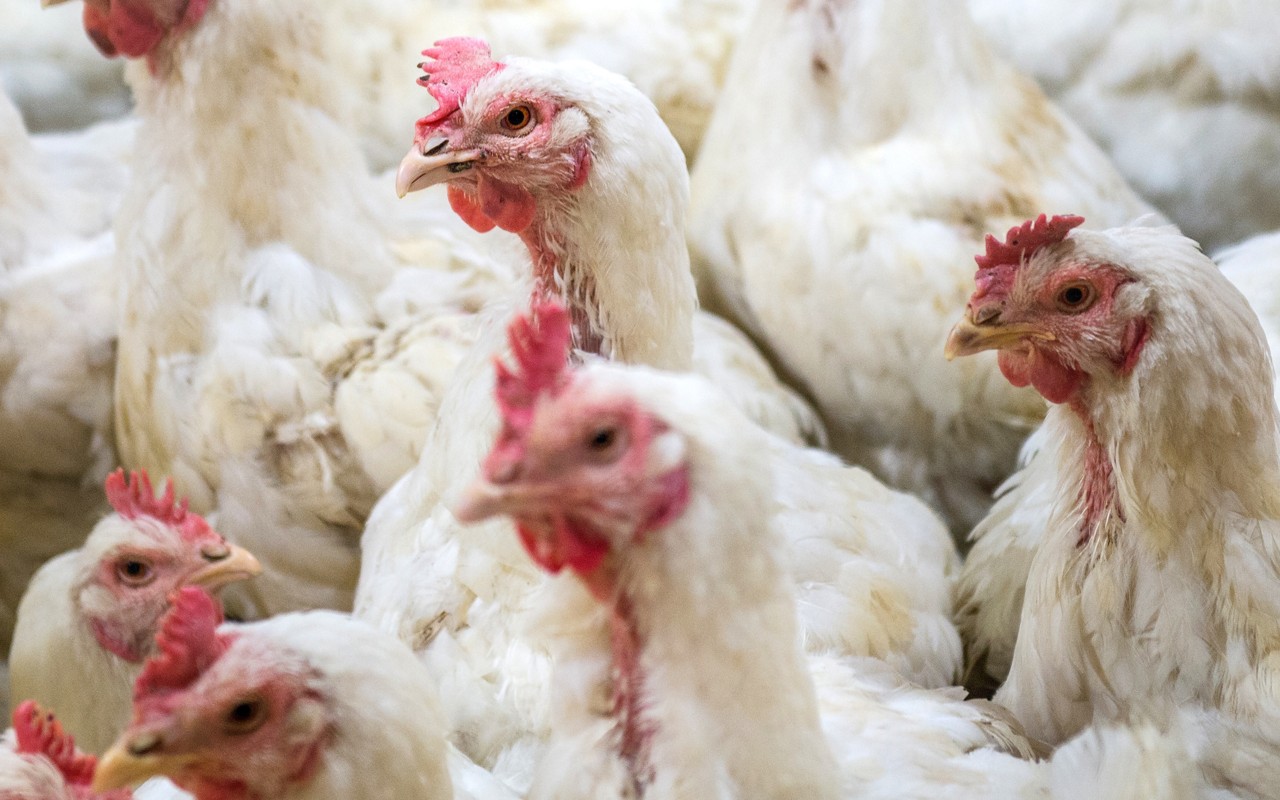
20. Tyson Foods
- Market value: $20.2 billion
- Dividend yield: 2.9%
- Annualized return: 12.83%
- Annualized return with dividends: 14.02%
- Analysts’ opinion: 5 strong buy, 0 buy, 3 hold, 0 sell, 0 strong sell
Founded in 1935, Tyson Foods (TSN, $55.16) has grown into the world’s second largest producer of chicken, beef and pork. In addition to its namesake products, the company’s portfolio includes brands such as Jimmy Dean, Hillshire Farm, Sara Lee, Ball Park, Wright Brand, Aidells and State Fair.
Much of the company’s growth over the years has been fueled through acquisitions. Most recently, in August 2018, Tyson announced a $2.2 billion acquisition of Keystone Foods, a supplier of protein to the fast-food industry. Indeed, it counts McDonald’s (MCD) as a customer for its chicken nuggets.
Decades of dividends and a steadily rising share price allowed TSN to deliver an annualized total return of more than 14% over the past 50 years.
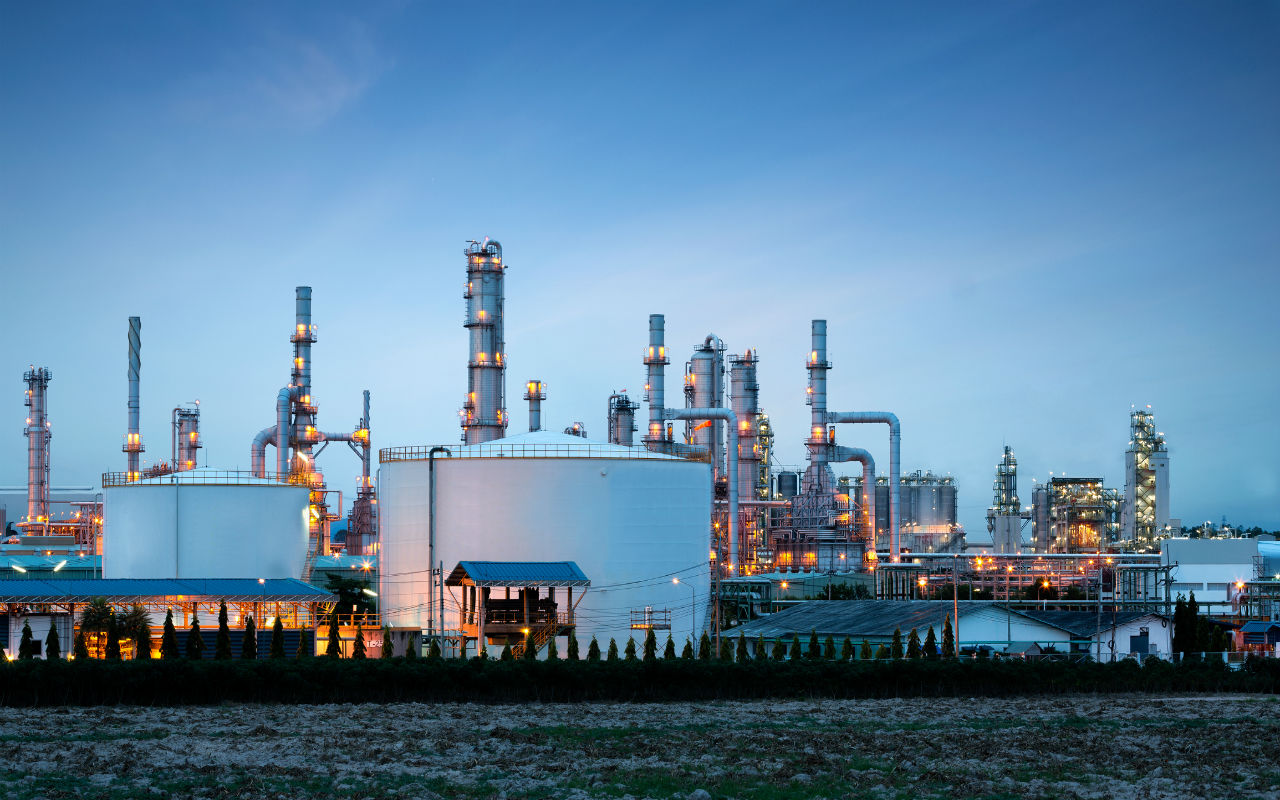
19. HollyFrontier
- Market value: $8.9 billion
- Dividend yield: 2.6%
- Annualized return: 11.26%
- Annualized return with dividends: 14.04%
- Analysts’ opinion: 0 strong buy, 1 buy, 6 hold, 1 sell, 1 strong sell
HollyFrontier (HFC, $51.72), an oil refiner with operations in five states, traces its roots back to 1947. Its modern incarnation was formed by the 2011 merger of Holly Corporation and Frontier Oil.
Shareholders in the original entities going back 50 years have done well for themselves. Shares have generated an annualized total return of more than 14% after factoring in dividends. Analysts are cool on the name in the shorter term due to weakness in oil prices. Of the nine analysts surveyed by Zacks, one calls HFC a “Buy” and six have it at “Hold.” The remaining two rate shares at “Sell.”
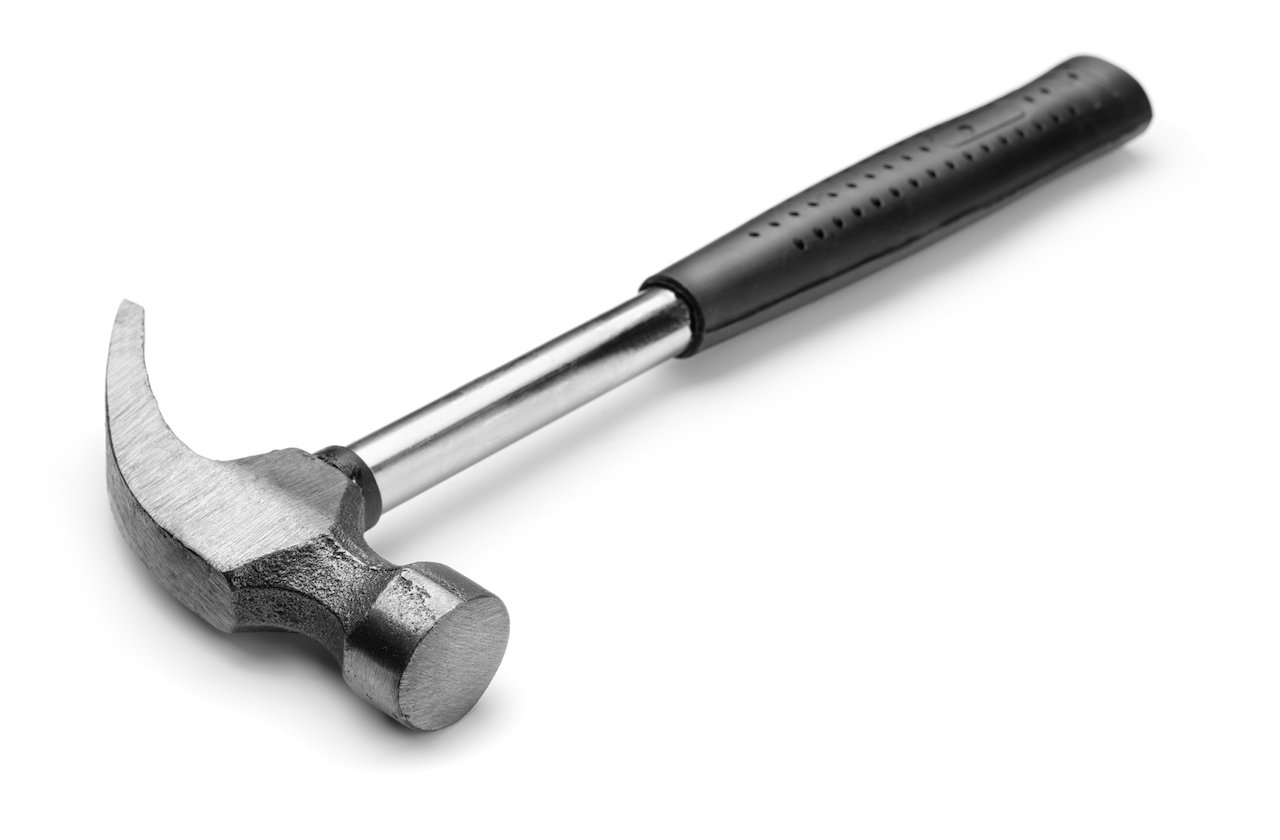
18. Illinois Tool Works
- Market value: $42.2 billion
- Dividend yield: 3.2%
- Annualized return: 11.86%
- Annualized return with dividends: 14.09%
- Analysts’ opinion: 4 strong buy, 0 buy, 7 hold, 0 sell, 2 strong sell
Illinois Tool Works (ITW, $127.18) is another Dividend Aristocrat to make the list of best stocks of the past 50 years.
Founded in 1912, ITW makes construction products, car parts, restaurant equipment and more. While ITW sells many products under the namesake brand, it also operates businesses including Foster Refrigerators, ACME Packaging Systems and the Wolf Range Company.
Trade-war fears, a stronger dollar and concerns about global growth have made some analysts more cautious on the name in the shorter term. Of the 13 analysts polled by Zacks, four have ITW at “Strong Buy,” seven call it a “Hold” and two say it’s a “Strong Sell.”
Illinois Tool Works announced a 28% increase to its dividend in August 2018, good for the company’s 55th consecutive year of payout hikes.

17. U.S. Bancorp
- Market value: $75.7 billion
- Dividend yield: 3.2%
- Annualized return: 9.41%
- Annualized return with dividends: 14.16%
- Analysts’ opinion: 6 strong buy, 0 buy, 8 hold, 2 sell, 1 strong sell
U.S. Bancorp (USB, $46.83) is the nation's largest regional bank, and its long history of outperformance will come as no surprise to anyone who follows the greatest value investor of all time.
Warren Buffett, CEO and chairman of Berkshire Hathaway (BRK.B), has been steadily adding to his company’s stake in USB. The Oracle of Omaha bought another 9.8 million shares in the nation’s fifth-largest bank by assets during the third quarter. Berkshire Hathaway is U.S. Bancorp’s biggest shareholder with 7.7% of all shares outstanding.
U.S. Bancorp has raised its dividend every year since 2011.

16. Sherwin-Williams
- Market value: $36.4 billion
- Dividend yield: 0.9%
- Annualized return: 11.42%
- Annualized return with dividends: 14.23%
- Analysts’ opinion: 11 strong buy, 1 buy, 7 hold, 0 sell, 0 strong sell
Sherwin-Williams (SHW, $390.47), a Dividend Aristocrat, is a long-time outperformer that hasn’t lost any of its ambition.
In 2017, the company completed its $11 billion acquisition of Valspar to create one of the largest paints, coatings and home-improvement companies in the world. The benefits of the deal are already showing up in results. Analysts expect revenue to increase almost 18% this year, according to Thomson Reuters. Earnings are forecast to increase at an average annual rate of 18% for the next five years.
The company has hiked its dividend every year since 1979. And although Sherwin-Williams issued $6 billion in bonds to finance the Valspar deal, investors shouldn’t worry about the company’s streak of dividend increases. SHW pays out a meager 18% of its earnings as dividends, giving it ample resources to service its debts.
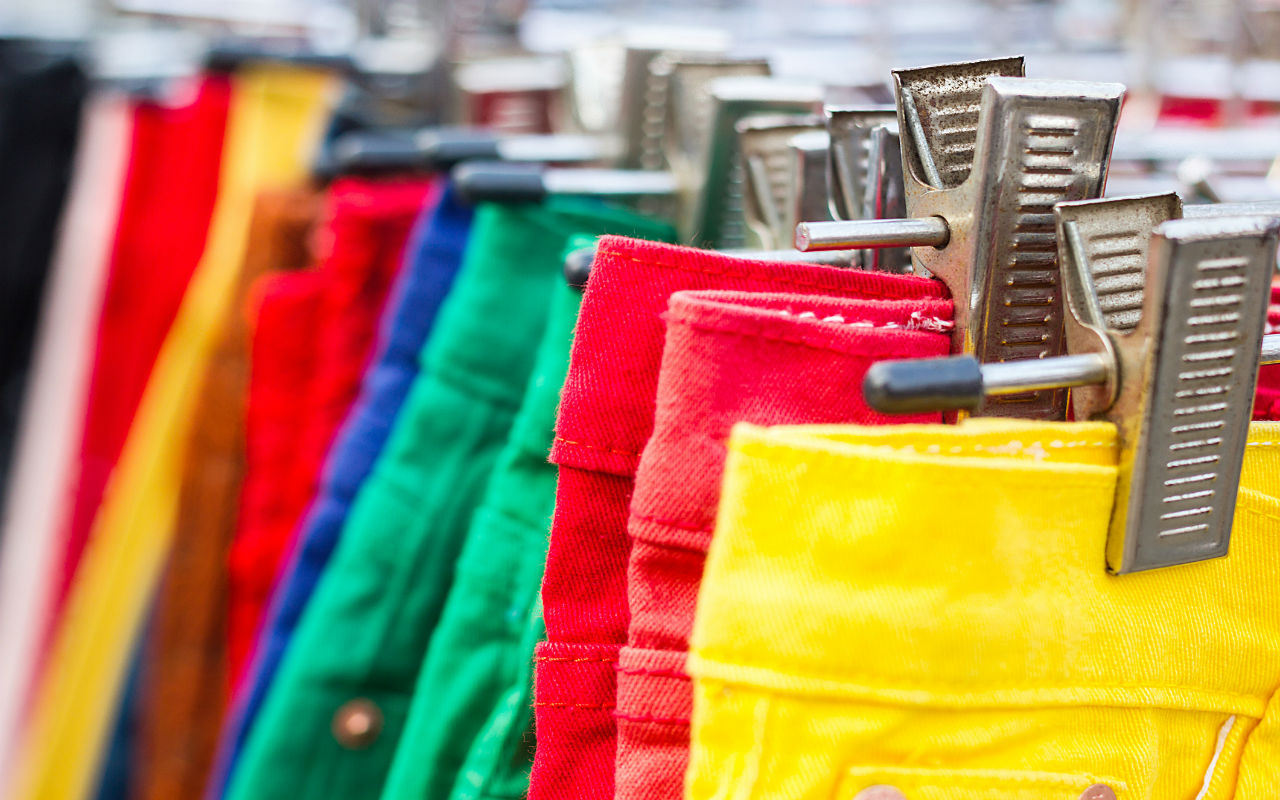
15. TJX Companies
- Market value: $56.0 billion
- Dividend yield: 1.8%
- Annualized return: 12.0%
- Annualized return with dividends: 14.35%
- Analysts’ opinion: 14 strong buy, 0 buy, 7 hold, 0 sell, 1 strong sell
TJX Companies (TJX, $45.40) proves there’s a lot of money to be made for patient investors in a discount retail chain paying rising dividends.
Founded in 1957, TJX consists of off-price chain stores such as TJ Maxx, HomeGoods, Marshalls and Sierra Trading Post. The company has a track record of dividend growth dating back to 1997.
If there’s a retail apocalypse underway thanks to the rise of e-commerce, TJX apparently didn’t get the memo. Analysts expect earnings to rise at an average annual rate of 11.4% for the next five years, according to data from Thomson Reuters.
Although past performance is no guarantee of future returns, TJX's 14.35% annualized total return over the past 50 years indicates that it must be doing something right.
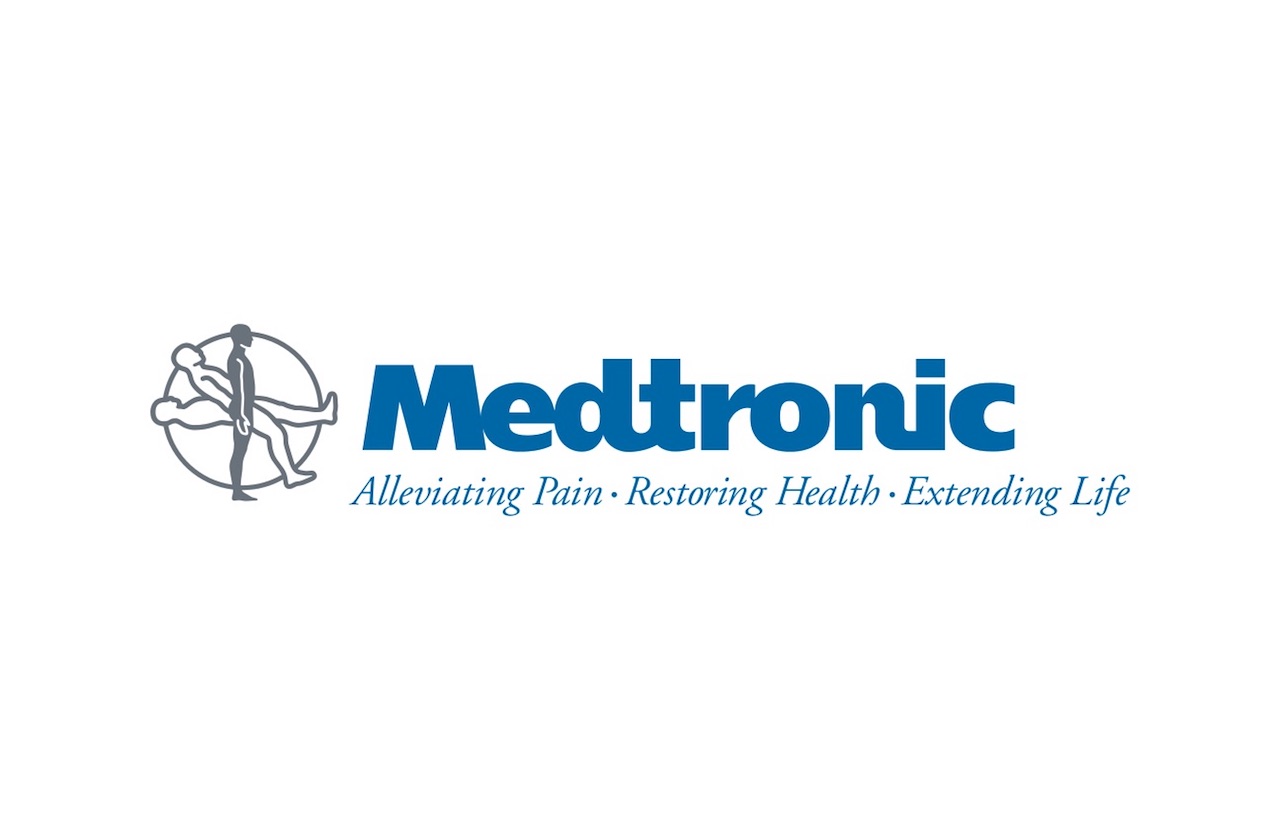
14. Medtronic
- Market value: $118.4 billion
- Dividend yield: 2.2%
- Annualized return: 13.17%
- Annualized return with dividends: 14.42%
- Analysts’ opinion: 15 strong buy, 2 buy, 8 hold, 0 sell, 0 strong sell
Take a look around a hospital, clinic or doctor’s office – in the U.S. or in about 160 other countries – and there’s a good chance you’ll see Medtronic’s (MDT, $88.13) products. After all, it’s one of the world’s largest makers of medical devices, holding more than 4,600 patents on products ranging from insulin pumps for diabetics to stents used by cardiac surgeons.
Founded in 1949, Medtronic has grown over the years though a series of deals. It took a major leap forward with its $42.9 billion acquisition of Covidien in 2014.
The company is focused on the health of its shareholders as well as its patients: Medtronic has been steadily increasing its dividend every year for a full four decades.
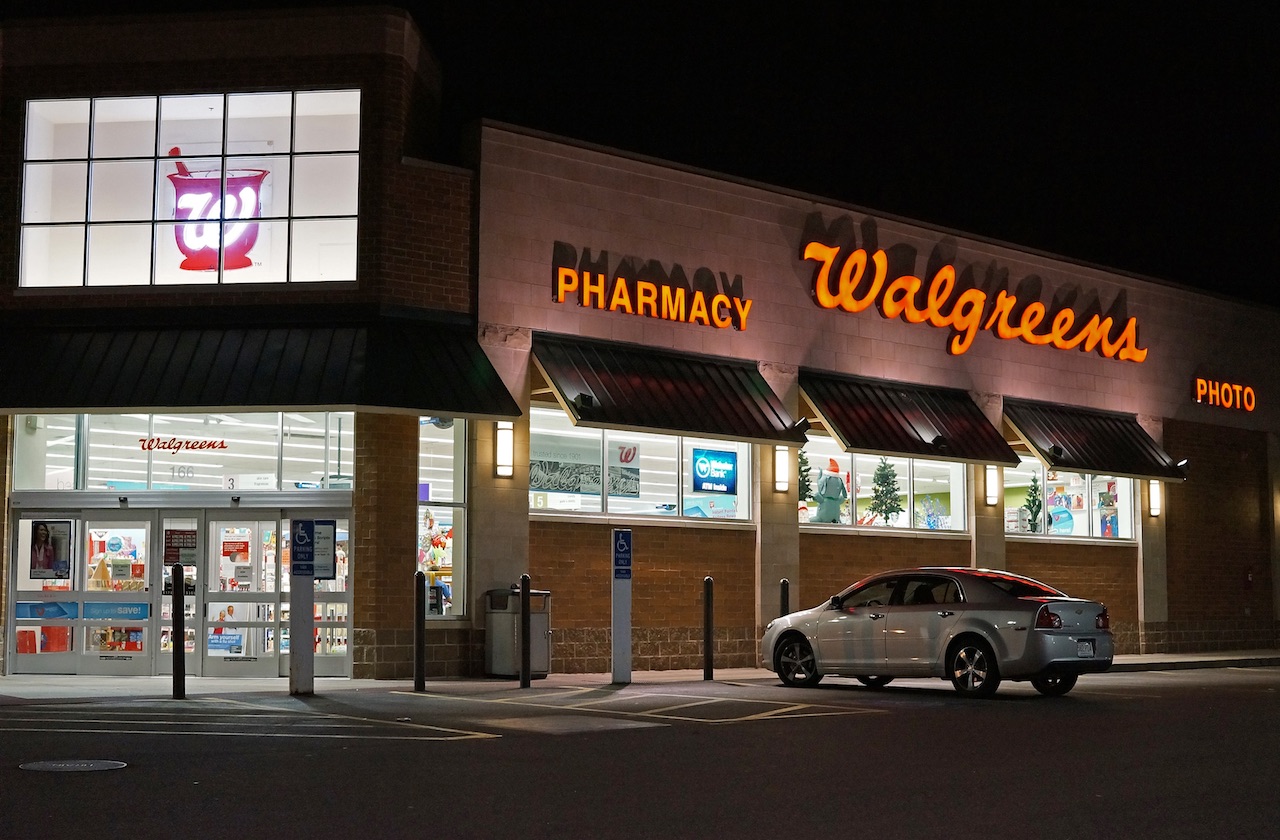
13. Walgreens Boots Alliance
- Market value: $65.6 billion
- Dividend yield: 2.6%
- Annualized return: 11.61%
- Annualized return with dividends: 14.48%
- Analysts’ opinion: 3 strong buy, 1 buy, 12 hold, 1 sell, 0 strong sell
Walgreens Boots Alliance (WBA, $69.57) traces its roots back to a single drugstore founded in 1901 and, boy, has it come a long way ever since. It merged with Alliance Boots – a Switzerland-based health and beauty multinational – in 2014 to form the current company. In late 2017, it struck a deal to purchase 1,932 Rite Aid (RAD) stores for $4.38 billion.
Today, WBA is the second largest pharmacy chain after CVS Health (CVS). It hardly plays second fiddle in terms of prestige with Wall Street, however. In June 2018, the company replaced General Electric (GE) in the Dow Jones Industrial Average, an elite list of just 30 blue-chip firms.
Walgreens also is a member of the Dividend Aristocrats, having boosted its dividend every year since 1972.
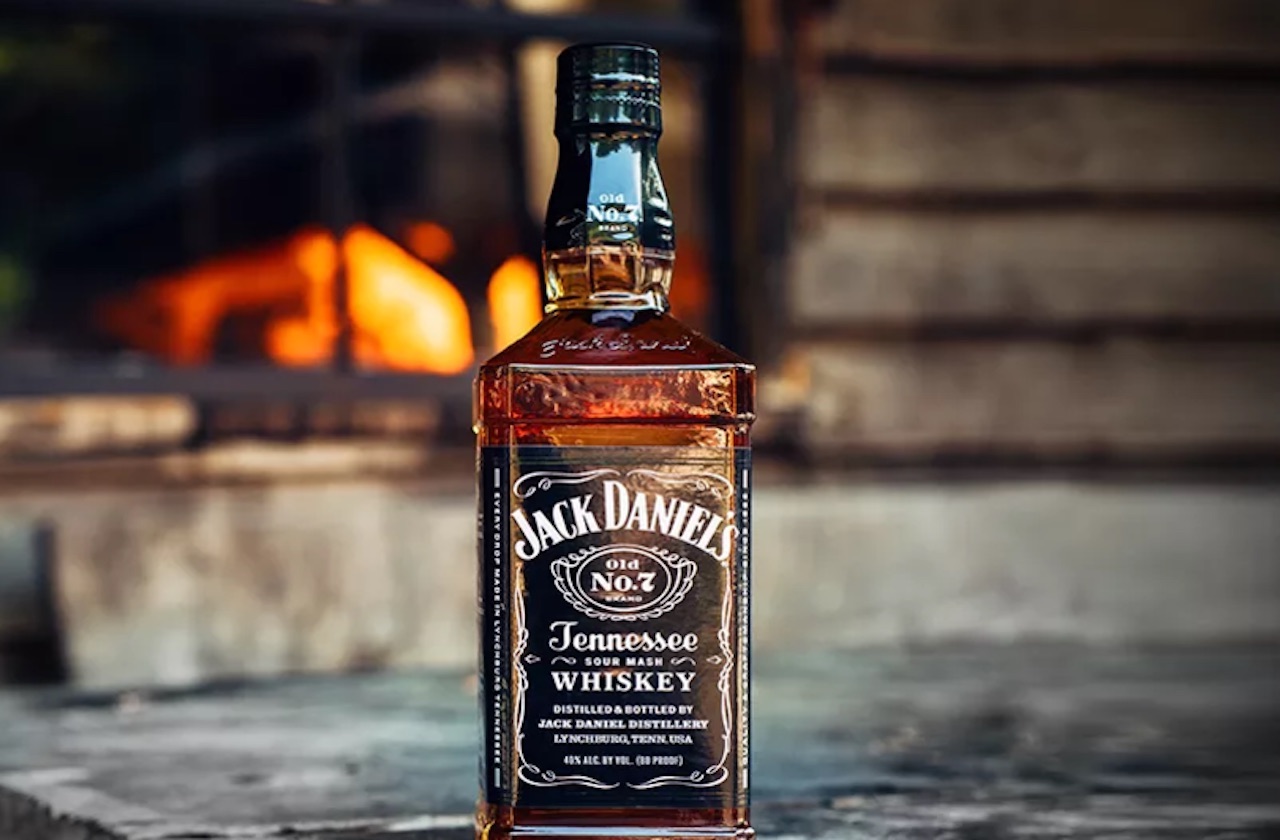
12. Brown-Forman
- Market value: $22.4 billion
- Dividend yield: 1.4%
- Annualized return: 11.53%
- Annualized return with dividends: 14.49%
- Analysts’ opinion: 1 strong buy, 0 buy, 8 hold, 0 sell, 1 strong sell
Income investors should raise a glass to Brown-Forman (BF.B, $47.06). Yet another Dividend Aristocrat, BF.B proves that steady and rising dividends really add up over time.
Brown-Forman is one of the largest producers and distributors of alcohol in the world. Jack Daniel’s Tennessee whiskey and Finlandia vodka are just two of its best-known brands. Tequila sales – Brown-Forman features the Herradura and El Jimador brands, among others – also help fuel growth. By share price alone, BF.B delivered an annualized return of 11.53% over the past 50 years.
That’s not bad at all, but it’s the dividends that really make the difference. The company has raised its payout annually for 35 years and has delivered an uninterrupted regular payout for 73 years. In November, it hiked the annual payout by 5.1%. Add it all up, and BF.B’s annualized total return comes to nearly 14.5% over the past half-century.

11. Abbott Laboratories
- Market value: $119.6 billion
- Dividend yield: 1.8%
- Annualized return: 10.30%
- Annualized return with dividends: 14.53%
- Analysts’ opinion: 14 strong buy, 2 buy, 2 hold, 0 sell, 1 strong sell
Abbott Laboratories (ABT, $68.11) has undergone a number of changes over the decades to deliver outperformance.
Among the most dramatic developments? Abbott in 2013 spun off biopharmaceutical company AbbVie (ABBV) to focus on branded generic drugs, medical devices, nutrition and diagnostic products. Some of Abbott’s better-known products include the likes of Similac infant formulas, Glucerna diabetes management products and i-Stat diagnostics devices.
The company has been expanding by acquisition since then, including medical-device firm St. Jude Medical and rapid-testing technology business Alere, both snapped up in 2017.
Abbott, which dates back to 1888, first paid a dividend in 1924. It has raised its payout for 47 straight years. The steady increases have added more than four percentage points to ABT’s total annualized return over the past half-century.

10. Automatic Data Processing
- Market value: $57.4 billion
- Dividend yield: 2.4%
- Annualized return: 12.49%
- Annualized return with dividends: 14.58%
- Analysts’ opinion: 5 strong buy, 1 buy, 13 hold, 0 sell, 0 strong sell
Automatic Data Processing (ADP, $131.24) is the world’s largest payroll processing firm, responsible for paying more than 39 million employees and serving more than 650,000 clients across more than 110 countries.
One of ADP’s great advantages is its “stickiness.” It’s difficult and expensive for corporate customers to change payroll service providers. That competitive advantage helps throw off consistent income and cash flow. In turn, ADP has become a dependable dividend payer – one that has provided an annual raise for shareholders since 1975.
And, yes, it also happens to be a Dividend Aristocrat. Notice the trend here?
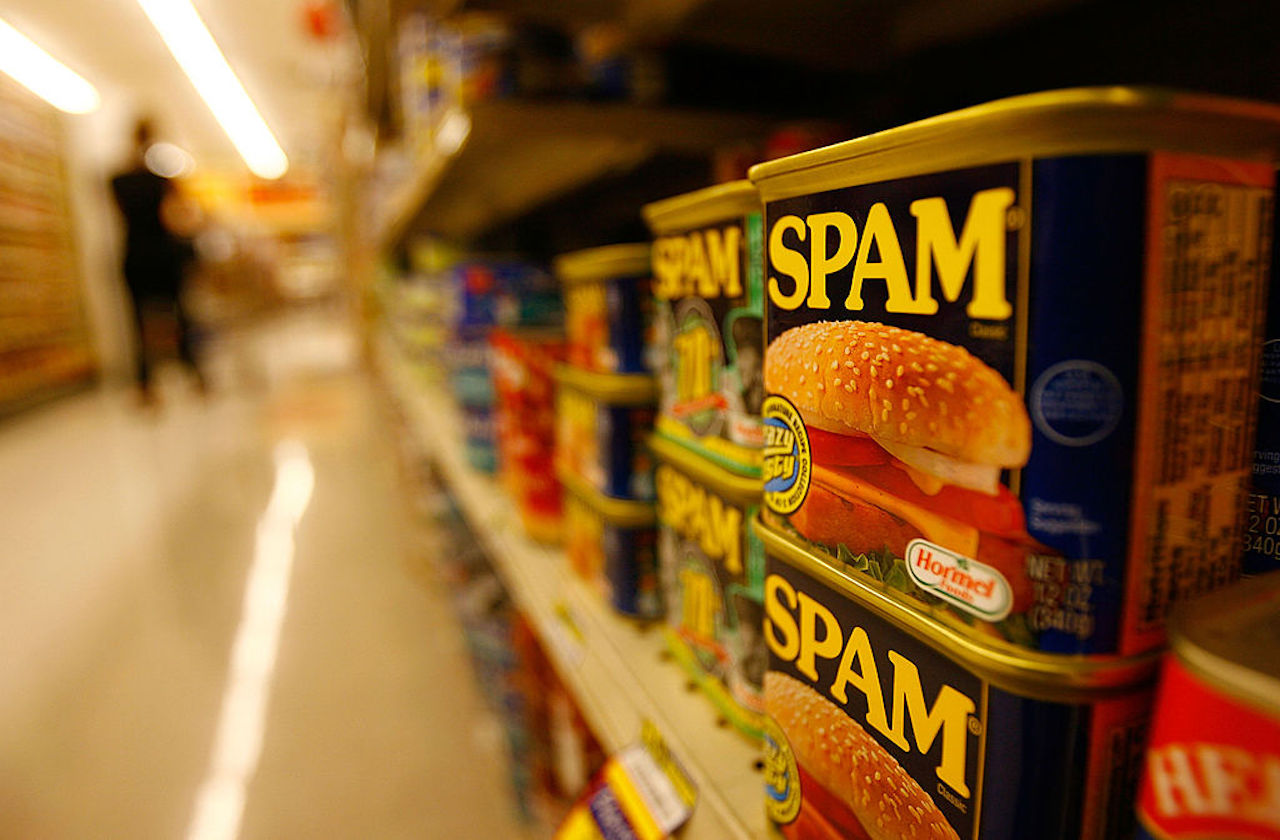
9. Hormel
- Market value: $22.3 billion
- Dividend yield: 2.0%
- Annualized return: 11.56%
- Annualized return with dividends: 14.64%
- Analysts’ opinion: 2 strong buy, 0 buy, 7 hold, 0 sell, 1 strong sell
Hormel (HRL, $41.70), yet another Dividend Aristocrat, is about as reliable as they come when it comes to income investing. The packaged food company best known for Spam has raised its annual payout every year for more than five decades.
Indeed, in November, Hormel announced its 53rd consecutive annual dividend increase – a 12% raise to 84 cents a share. The payment, to be made Feb. 15 to shareholders of record as of Jan. 14, will be the 362nd consecutive quarterly dividend paid by the company. Hormel is rightly proud to note that it has paid a regular quarterly dividend without interruption since becoming a public company in 1928.
It’s a heck of a track record, and helps explains how a seemingly modest purveyor of luncheon meat could become one of the best S&P 500 stocks of the past 50 years.
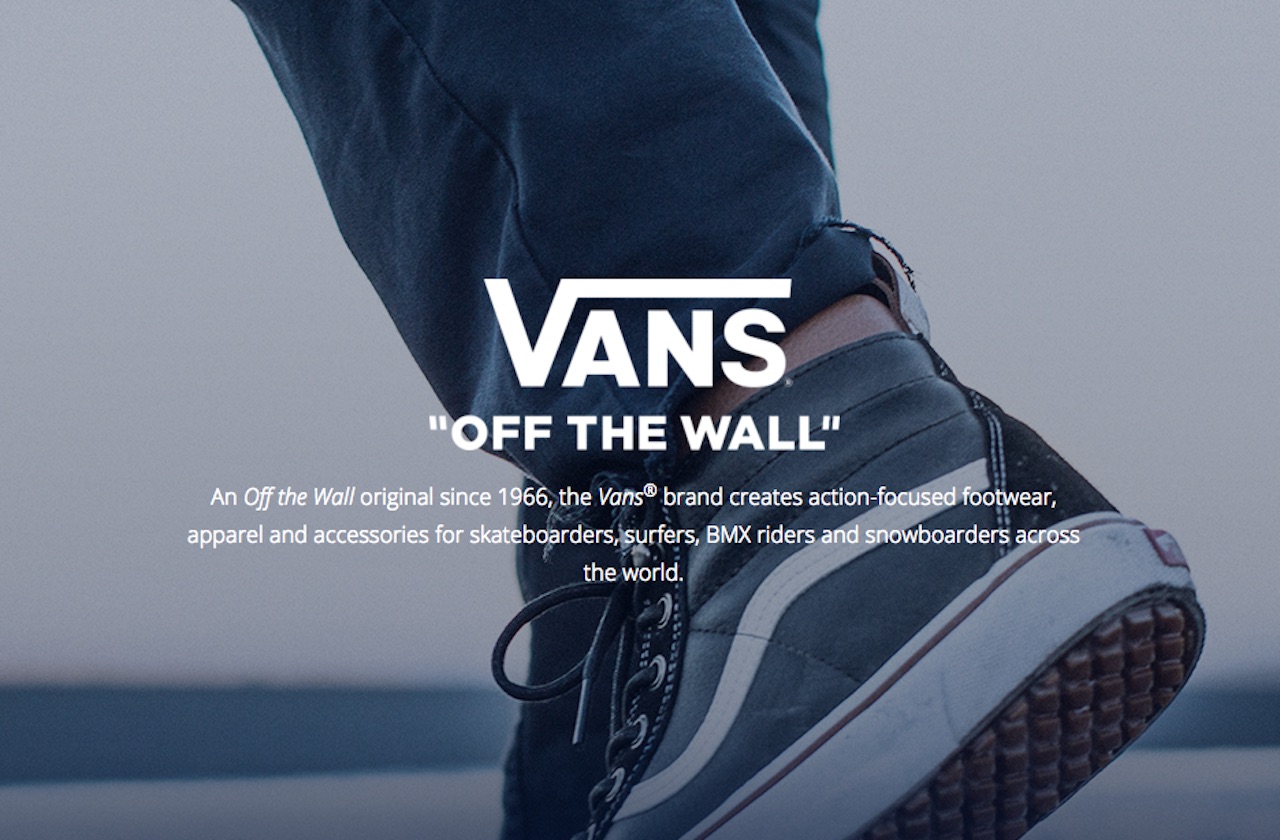
8. VF Corp.
- Market value: $28.4 billion
- Dividend yield: 2.9%
- Annualized return: 11.46%
- Annualized return with dividends: 15.1%
- Analysts’ opinion: 12 strong buy, 1 buy, 4 hold, 0 sell, 0 strong sell
VF Corp. (VFC, $71.63) is an apparel company with a large number of brands under its umbrella, including Lee and Wrangler jeans and The North Face outdoor products. It added to its brand portfolio with the acquisition of Icebreaker Holdings – another outdoor and sport designer – under undisclosed terms in April 2018.
Analysts expect average annual earnings growth of 13.5% for the next five years, according to data from Thomson Reuters. In November, VFC announced a quarterly dividend increased of 11% to 51 cents a share.
Suffice to say, VFC’s streak of annual payout hikes, which stretches back to 1973 and has added several percentage points to its annualized total returns, appears safe.

7. Lowe's
- Market value: $75.4 billion
- Dividend yield: 2.1%
- Annualized return: 13.74%
- Annualized return with dividends: 15.13%
- Analysts’ opinion: 16 strong buy, 3 buy, 4 hold, 0 sell, 0 strong sell
When it comes to home improvement chains, Home Depot (HD), a member of the Dow Jones Industrial Average, gets all the glory, but No. 2 rival Lowe’s (LOW, $93.87) has actually delivered superior long-term total returns.
You can chalk at least some of that up to the rising dividend. Like so many other names on this list, Lowe’s has been raising its dividend annually for a loooong time. Lowe’s has paid a dividend every quarter since going public in 1961, and that dividend has increased annually for more than half a century. Home Depot is also a longtime dividend payer, but its string of annual dividend increases only dates back to 2009.
Analysts are bullish on Lowe’s more immediate prospects – 19 out of 23 surveyed by Zacks say it’s a “Strong Buy” or “Buy” – and long-term income investors already know how remunerative the holding has been.

6. McDonald’s
- Market value: $137.4 billion
- Dividend yield: 2.6%
- Annualized return: 13.9%
- Annualized return with dividends: 15.51%
- Analysts’ opinion: 13 strong buy, 2 buy, 6 hold, 0 sell, 0 strong sell
McDonald’s (MCD, $178.28) is a dividend – and total return – machine. The world’s largest hamburger chain’s dividend dates back to 1976 has has gone up every year ever since. That has helped earn MCD a place in the S&P Dividend Aristocrats. Given the power of its global brand, there’s little wonder that it’s a component of the Dow Jones Industrial Average too.
Changing consumers taste will always be a risk, but from the Atkins craze of the early 2000s to the current fetish for fresher ingredients, McDonald’s has always managed to maintain its edge. Over the years it has added salads to its menu, rolled out all-day breakfast and now touts never-frozen beef.
That sort of flexibility, and rising dividends, have been key to its market-beating returns over the long haul. Analysts polled by Zacks remain bullish on the name in the shorter term too.
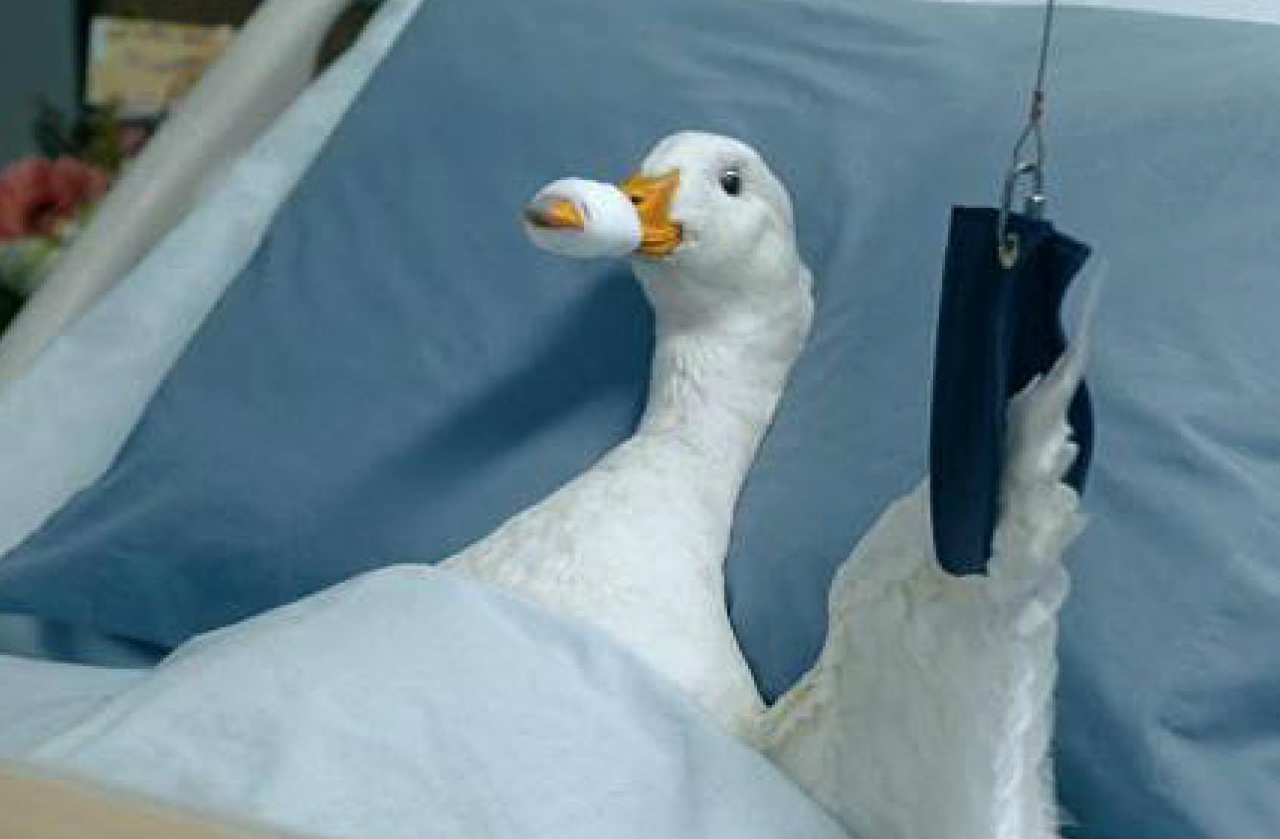
5. Aflac
- Market value: $34.2 billion
- Dividend yield: 2.3%
- Annualized return: 13.73%
- Annualized return with dividends: 16.17%
- Analysts’ opinion: 3 strong buy, 0 buy, 5 hold, 0 sell, 0 strong sell
Who would have guessed that Aflac (AFL, $44.92), the supplemental insurance company popularized by the loud, obnoxious Aflac duck, would make the list of top stocks?
Followers of the Dividend Aristocrats, that’s who. Aflac, whose roots go back to 1955, has a number of workplace offerings, such as accident, short-term disability and life insurance. But what makes AFL exciting to long-term income investors is the fact that it has raised its payout every year for more than three decades.
The company’s stock started 2018 year in horrific fashion after a report of alleged fraud sent shares into a dive. But the stock recovered after evidence of wrongdoing failed to materialize. Indeed, over the past 52 weeks, AFL is essentially flat, vs. a decline of roughly 6% for the S%P 500.
Analysts at Janney Montgomery Scott, who rate shares at “Buy,” say the company “has a significantly simpler business profile with a more reliable stream of earnings than its life insurance peers, and has shown an inflection point in the sale of its benefits products both in Japan and the U.S.”
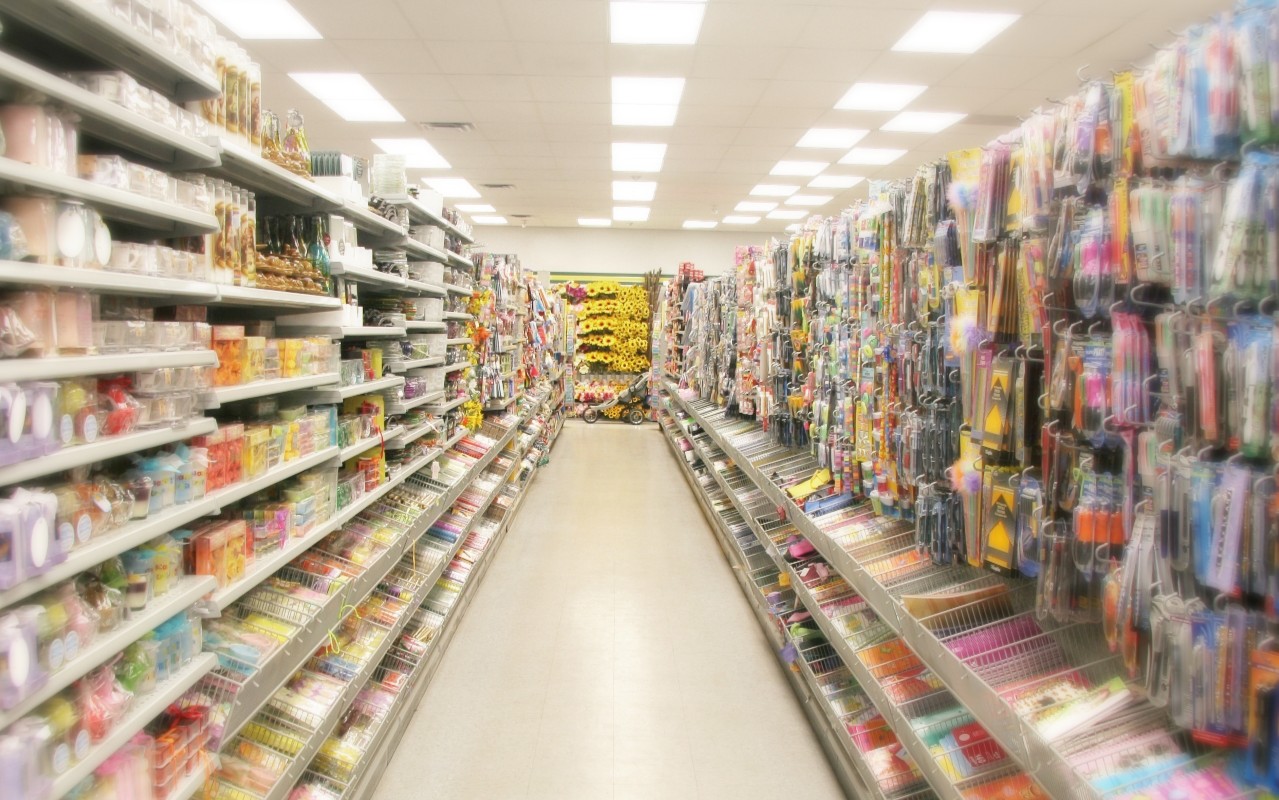
4. Dollar General
- Market value: $28.6 billion
- Dividend yield: 1.1%
- Annualized return: 14.81%
- Annualized return with dividends: 16.49%
- Analysts’ opinion: 12 strong buy, 1 buy, 4 hold, 0 sell, 0 strong sell
Years of stagnant wage growth and widening income inequality have fueled tremendous growth in the number of dollar stores in the U.S., and few have done as well as Dollar General (DG, $108.77)
For 2007, Dollar General reported total revenue of $9.2 billion. A decade later, revenue swelled to $22 billion. Analysts expect the company’s 15,227 stores in 44 states to generate sales of $27.5 billion next year. Earnings are forecast to increase at an average annual rate of 14% for the next five years.
The company was founded in 1939 and changed its name to Dollar General in 1968.
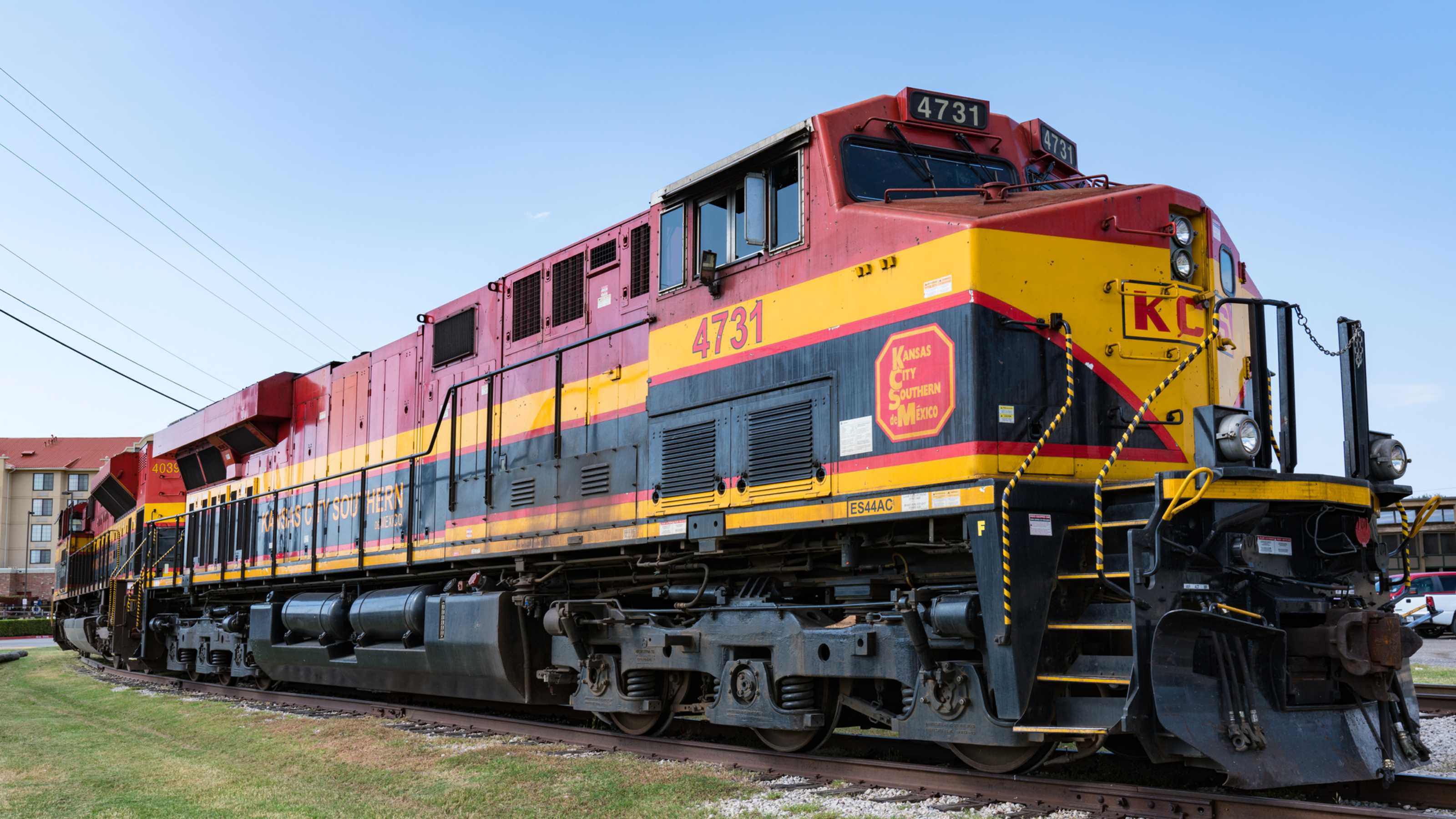
3. Kansas City Southern
- Market value: $9.9 billion
- Dividend yield: 1.5%
- Annualized return: 8.99%
- Annualized return with dividends: 18.04%
- Analysts’ opinion: 9 strong buy, 0 buy, 4 hold, 0 sell, 0 strong sell
About as old-economy a company as you can get, Kansas City Southern (KSU, $96.90), a railroad that dates back to 1887, has been a total return champion over the past 50 years.
Its primary holding is The Kansas City Southern Railway, which operates in the central and southern U.S. The company also has holdings in railways in Mexico and Panama. Taken together, the company boasts the ability to ship freight virtually anywhere in North America.
KSU has a five-year track record of dividend growth, and with a payout ratio of just 24%, has room to keep raising the payout in the future. Of the 13 analysts tracked by Zacks, nine call KSU stock a “Strong Buy,” while four have it at “Hold.”

2. Altria
- Market value: $94.5 billion
- Dividend yield: 6.6%
- Annualized return: 10.51%
- Annualized return with dividends: 18.66%
- Analysts’ opinion: 9 strong buy, 1 buy, 3 hold, 0 sell, 1 strong sell
Sin stocks can be good long-term holdings. Just look at Altria (MO, $50.30), which also happens to be one of the best stocks of all time. Note that dividends have added more than 8 percentage points to its annualized total return over the past 50 years.
Altria’s origins can be traced back to a 19th century tobacco shop in London. Today, the company’s operating businesses continue to focus on tobacco including cigarettes (Philip Morris USA), smokeless tobacco (U.S. Smokeless Tobacco) and cigars (John Middleton). Altria also owns St. Michelle Wine Estates, a major wine producer. The company is best known for its iconic Marlboro brand of cigarettes, but at one time or another Altria and its predecessors had a hand in other famous names including Miller Brewing and Kraft Foods.
The stock originally joined the Dow in 1985, when the company was called Philip Morris Cos. The name changed to Altria in 2003, and the stock was replaced in the Dow in 2008. Philip Morris International (PMI) is a separate publicly traded company that was spun off from Altria in 2008 to sell cigarettes outside the U.S.
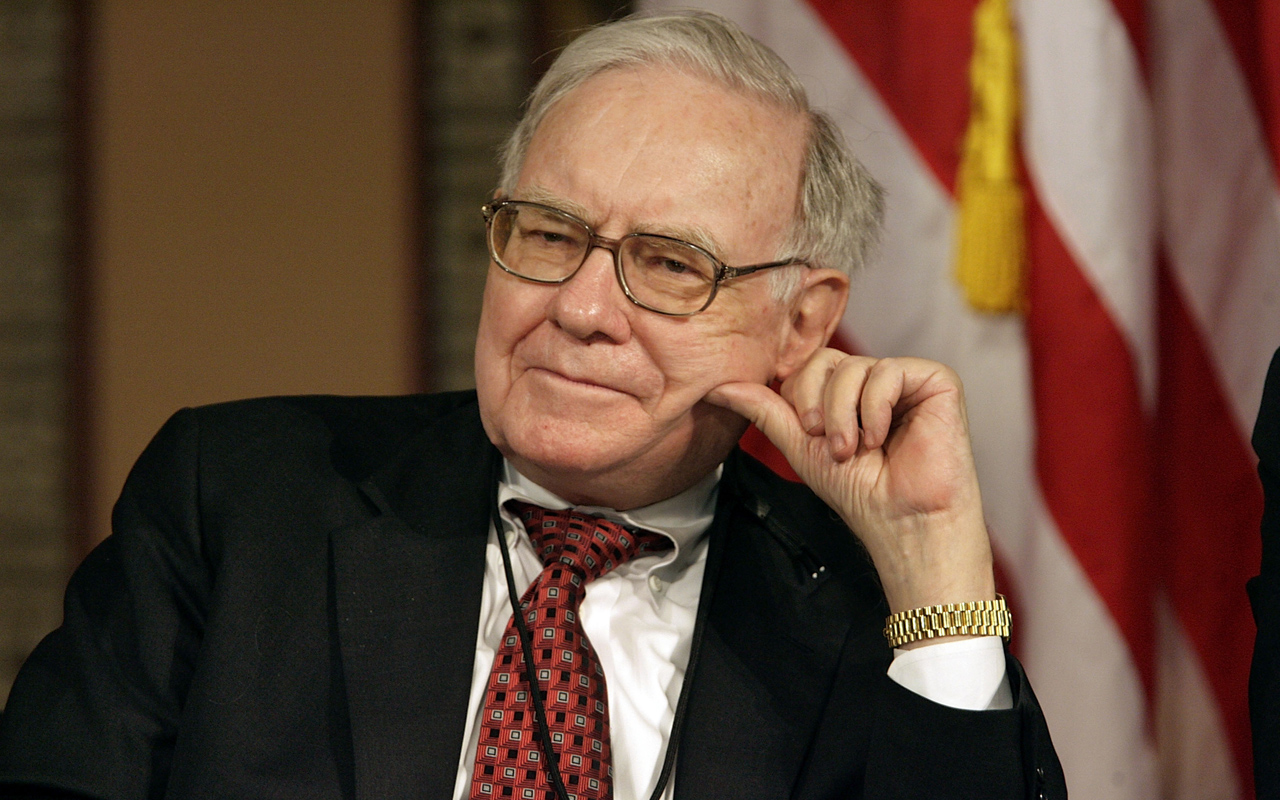
1. Berkshire Hathaway
- Market value: $480.3 billion
- Dividend yield: N/A
- Annualized return: 19.84%
- Annualized return with dividends: 19.84%
- Analysts’ opinion: 3 strong buy, 0 buy, 1 hold, 0 sell, 0 strong sell
Need any more proof that Warren Buffett is the greatest long-term investor of all time? Berkshire Hathaway (BRK.B, $195.20), of which he is chairman and CEO, tops the list of the best S&P 500 stocks of the past 50 years, and it is the only one that does not pay a dividend.
Berkshire Hathaway is almost famous, perhaps even notorious, for eschewing dividends, even though many of Buffett’s coveted positions are in dividend-yielding stocks. But that makes sense when Buffett is calling the shots. Sure, Berkshire could give some cash back to shareholders for a few percentage points of extra return. But surely the greatest value investor in history can do better by shareholders by deploying that capital in something more productive.
Berkshire Hathaway’s 50-year annualized total return of nearly 20% is pretty persuasive evidence that Buffett has been right not to pay dividends all these years. What happens once the Oracle is gone is an argument for another day.
Howard Silverblatt, S&P Dow Jones Indices senior index analyst, notes that although dividends count over time, Warren Buffett is the exception. A theoretical $10,000 investment at the end of 1968 would now be worth $85 million, he notes.
Profit and prosper with the best of Kiplinger's advice on investing, taxes, retirement, personal finance and much more. Delivered daily. Enter your email in the box and click Sign Me Up.

Dan Burrows is Kiplinger's senior investing writer, having joined the publication full time in 2016.
A long-time financial journalist, Dan is a veteran of MarketWatch, CBS MoneyWatch, SmartMoney, InvestorPlace, DailyFinance and other tier 1 national publications. He has written for The Wall Street Journal, Bloomberg and Consumer Reports and his stories have appeared in the New York Daily News, the San Jose Mercury News and Investor's Business Daily, among many other outlets. As a senior writer at AOL's DailyFinance, Dan reported market news from the floor of the New York Stock Exchange.
Once upon a time – before his days as a financial reporter and assistant financial editor at legendary fashion trade paper Women's Wear Daily – Dan worked for Spy magazine, scribbled away at Time Inc. and contributed to Maxim magazine back when lad mags were a thing. He's also written for Esquire magazine's Dubious Achievements Awards.
In his current role at Kiplinger, Dan writes about markets and macroeconomics.
Dan holds a bachelor's degree from Oberlin College and a master's degree from Columbia University.
Disclosure: Dan does not trade individual stocks or securities. He is eternally long the U.S equity market, primarily through tax-advantaged accounts.
-
 CD Maturing Soon? Here's What to Do Next
CD Maturing Soon? Here's What to Do NextThese strategies of what to do when you have a CD maturing soon will have you maximizing returns even with rate cuts.
-
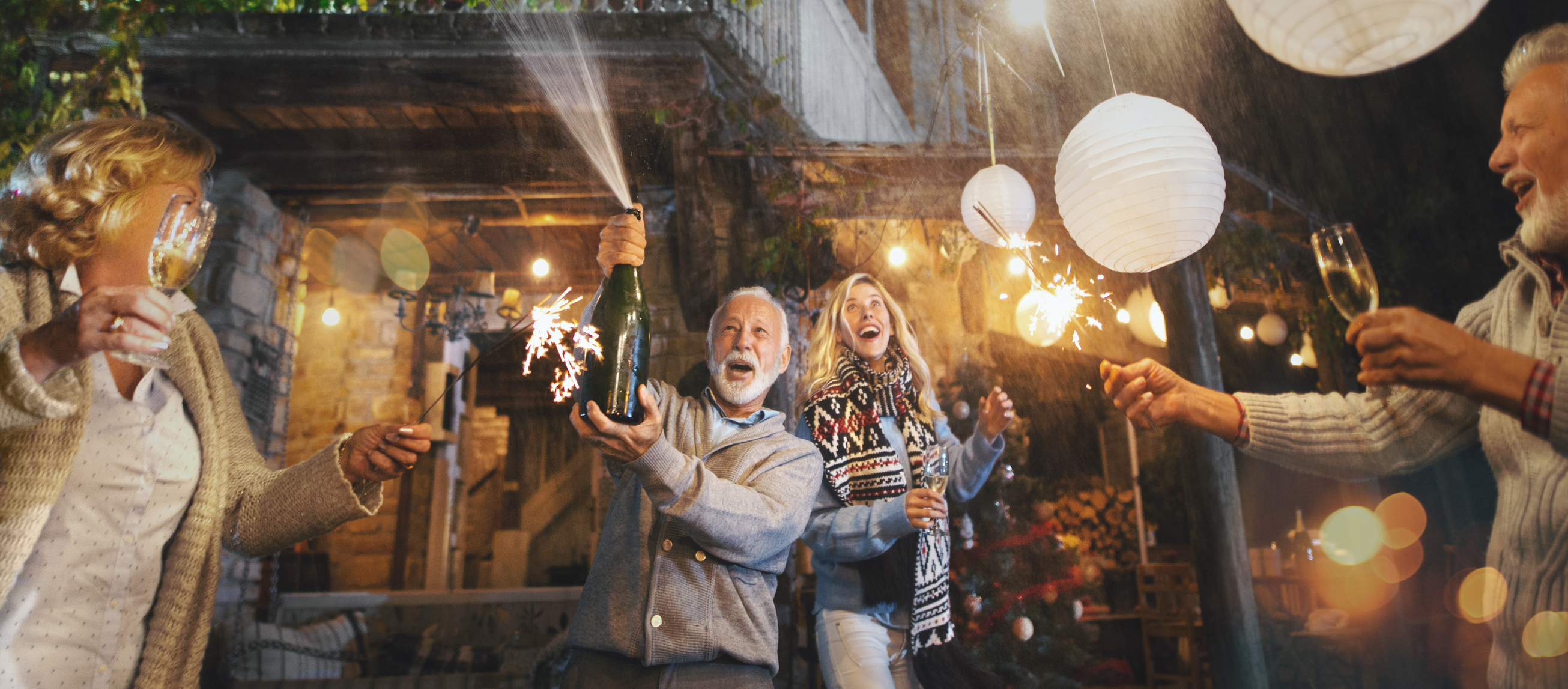 How to Make 2026 Your Best Year Yet for Retirement Savings
How to Make 2026 Your Best Year Yet for Retirement SavingsMake 2026 the year you stop coasting and start supercharging your retirement savings.
-
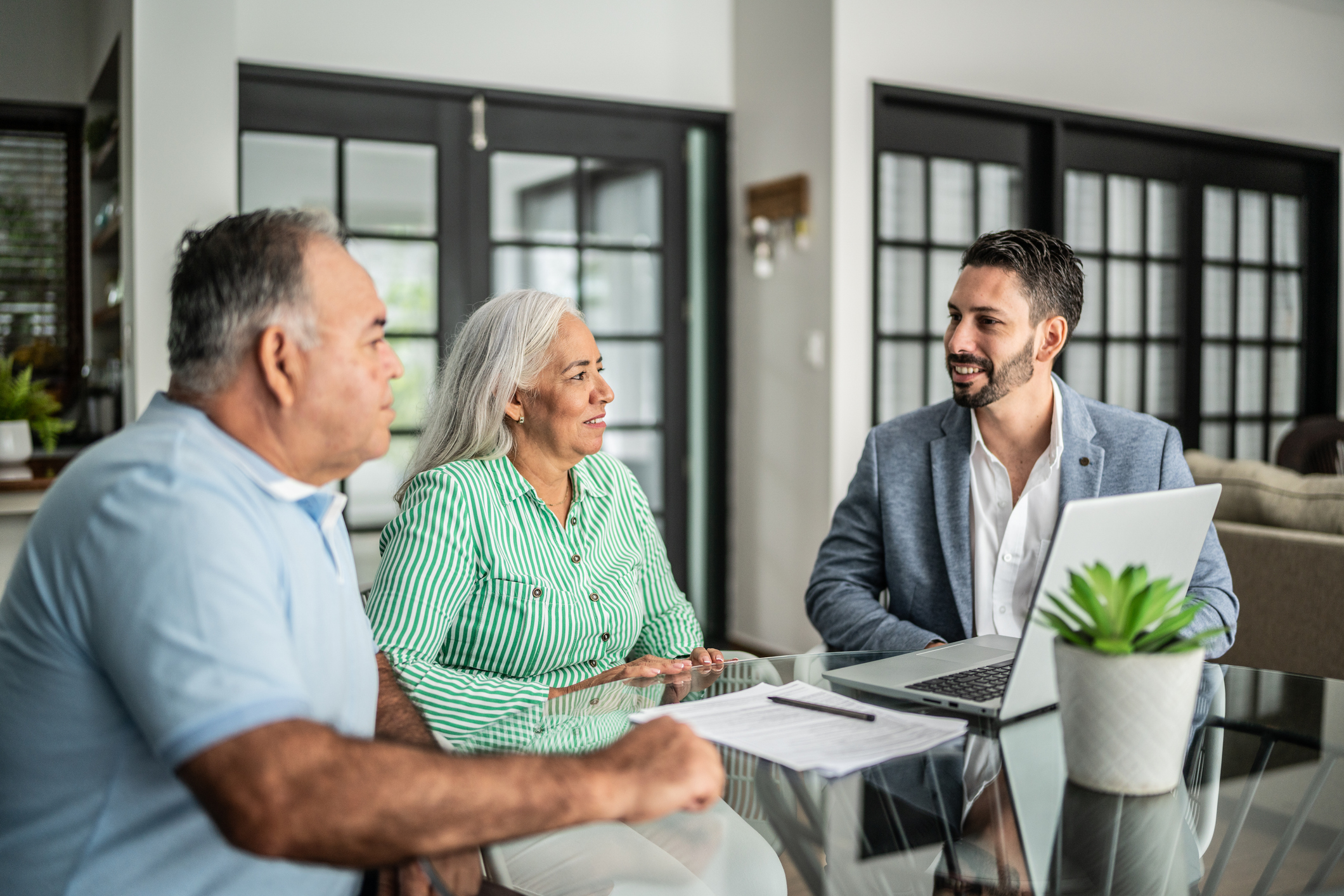 You Saved for Retirement: 4 Pressing FAQs Now
You Saved for Retirement: 4 Pressing FAQs NowSaving for retirement is just one step. Now, you have to figure out how to spend and maintain funds. Here are four frequently asked questions at this stage.
-
 Gold and Silver Shine as Stocks Chop: Stock Market Today
Gold and Silver Shine as Stocks Chop: Stock Market TodayStocks struggled in Friday's low-volume session, but the losses weren't enough to put the Santa Claus Rally at risk.
-
 The Santa Claus Rally Officially Begins: Stock Market Today
The Santa Claus Rally Officially Begins: Stock Market TodayThe Santa Claus Rally is officially on as of Wednesday's closing bell, and initial returns are positive.
-
 'Humbug!' Say Consumers, Despite Hot GDP: Stock Market Today
'Humbug!' Say Consumers, Despite Hot GDP: Stock Market Today"The stock market is not the economy," they say, but both things are up. Yet one survey says people are still feeling down in the middle of this complex season.
-
 Stocks Rise to the Spirit of the Season: Stock Market Today
Stocks Rise to the Spirit of the Season: Stock Market TodayInvestors, traders and speculators are beginning to like the looks of a potential year-end rally.
-
 Nasdaq Leads as Tech Stages Late-Week Comeback: Stock Market Today
Nasdaq Leads as Tech Stages Late-Week Comeback: Stock Market TodayOracle stock boosted the tech sector on Friday after the company became co-owner of TikTok's U.S. operations.
-
 Cooler Inflation Supports a Relief Rally: Stock Market Today
Cooler Inflation Supports a Relief Rally: Stock Market TodayInvestors, traders and speculators welcome much-better-than-hoped-for core CPI data on top of optimism-renewing AI earnings.
-
 Nasdaq Sinks 418 Points as Tech Chills: Stock Market Today
Nasdaq Sinks 418 Points as Tech Chills: Stock Market TodayInvestors, traders and speculators are growing cooler to the AI revolution as winter approaches.
-
 Stocks Chop as the Unemployment Rate Jumps: Stock Market Today
Stocks Chop as the Unemployment Rate Jumps: Stock Market TodayNovember job growth was stronger than expected, but sharp losses in October and a rising unemployment rate are worrying market participants.
